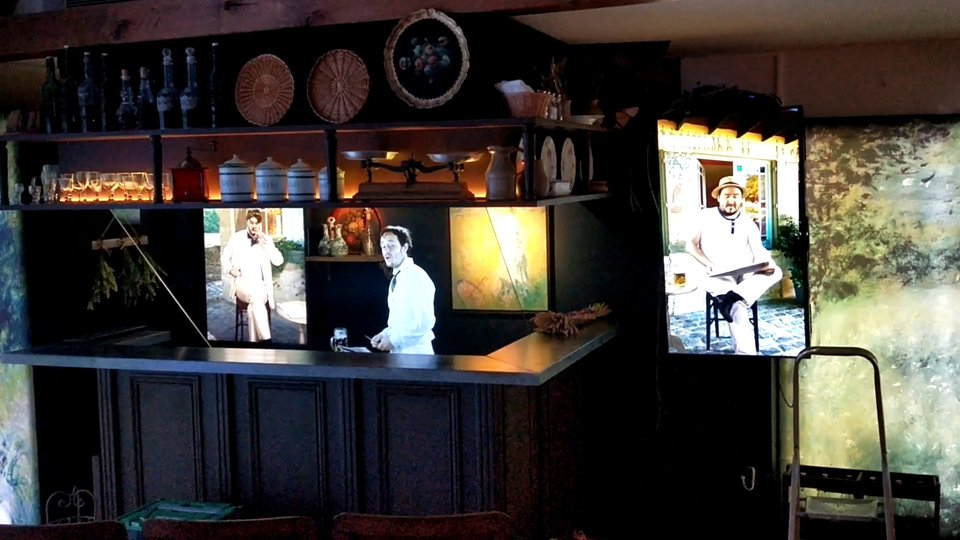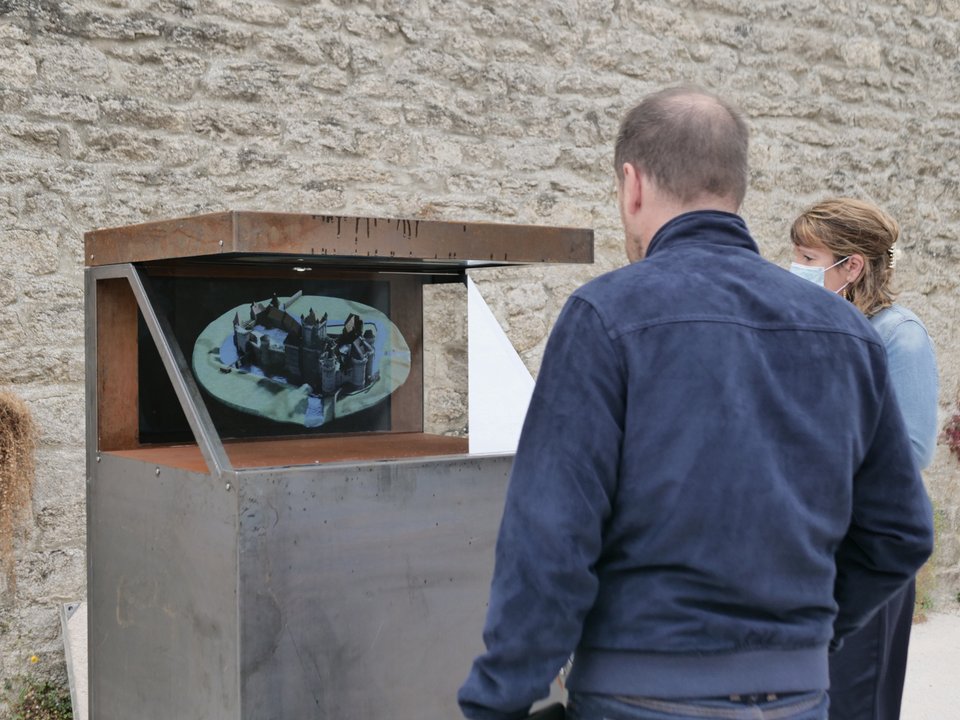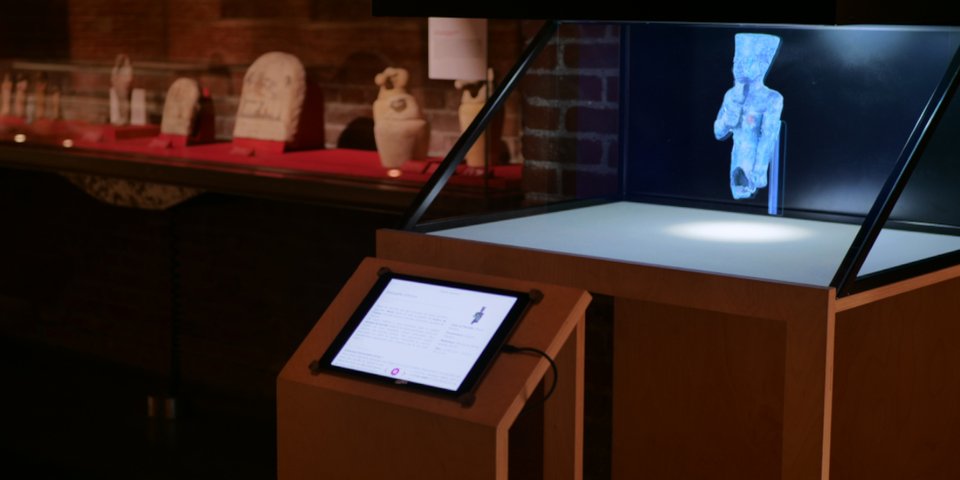Culture and Holograms
Interactive mediation and digital twins
Within the ethesaurus research consortium, Holusion designs with researchers from the University of Lille and Liège, an Open Source solution adapted to the digitization, conservation and diffusion of archaeological works and artifacts.
In this project, a local database, called « Ecorpus » pallows to host 3D models digitized by photogrammetry, scanner or laser, and to enrich them with captions, photo documents and videos or to create guided tours around their points of interest.
These digital twins of real objects offer the opportunity for collaborative research and conservation. These data are accessible in a secure environment and hosted locally by the institution or its partners. With a few clicks, Ecorpus can then be used to generate interactives application online or in exhibition spaces through touch tables and of course, holograms !
The first corpus, "E.thesaurus", deals with medieval goldsmithing in the Septentrion region with unique pieces from The Sandelin Museum in Saint Omer and the Palais des Beaux-Arts in Lille , to be discovered in holograms in the form of a traveling exhibition.

A new way to discover exhibitions
Museums always search for new ways to reinvent themselves and present their exhibitions. This desir to present something new often brings them to search for innovative solutions.
Many museums have already decided to use holograms to present their exhibitions. Be it to present the works or to create interesting presentations, holograms allow the dynamization of cultural locale.
The exhibition “Discover with Renoir” is a good example of that, with the help of a personalized Iris 75, a good scenography and an effective casting, the hologram offers a surprising way to discover the works of Renoir.
Cultural works as holograms

Sometimes some works are too brittle to be shown to the public or the museum doesn't have access to it anymore. In those cases, a combination of numerisation and a hologram can allow the public to still discover those works.
The hologram can even be used in the case of mapping, to project information on a work without damaging them. This can immerse the spectator in the universe of the work and plunge them into what they are watching.
The holographic solution can be a good way to show visitors the path that a place took with the passage of time. The castle of Alençon is a good example of that, indeed the hologram outside of the castle shows the castle throughout the ages and thus allow to discover its history.
Interaction with the works

To add dynamism to cultural works, interactivity is often a good solution. The visitors are much often impacted by the work if they had an interaction with it. One of the objectives of the hologram is to be able to bring that too.
It’s in this context that we can make custom applications that, with the use of a tablet, can allow visitors to fully connect with a work.
The interactive options allow to discover a work in all its facets, we can indeed zoom in on details, add complementary information or even show the “invisible” parts of an object, like for example the inside of a statue.